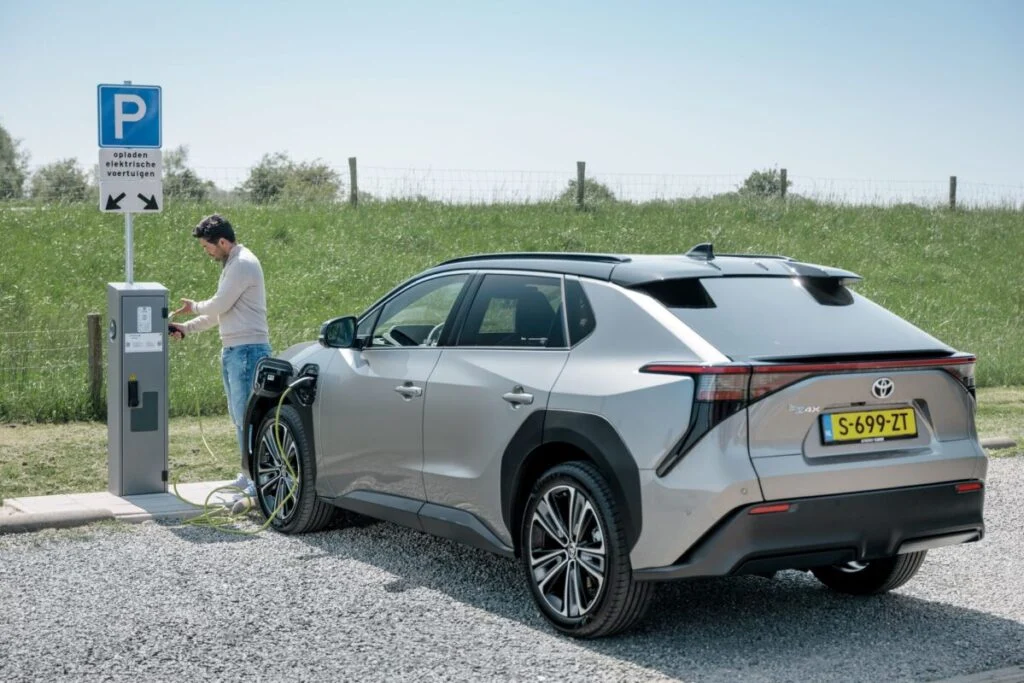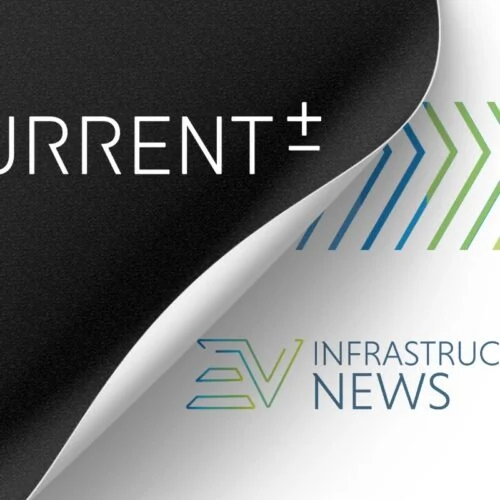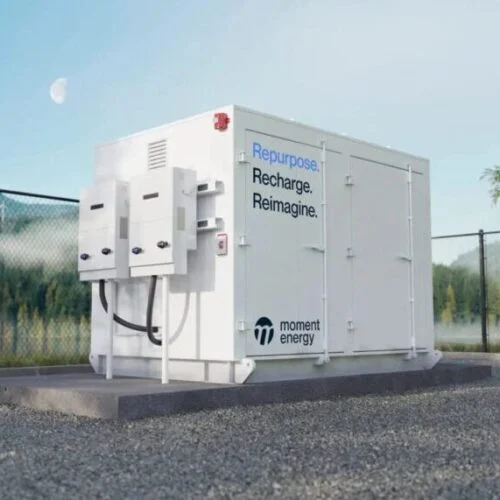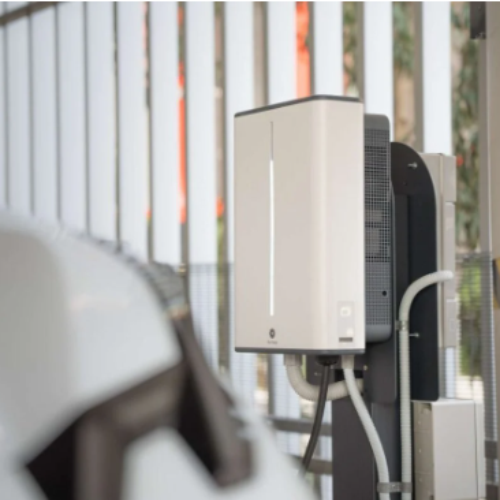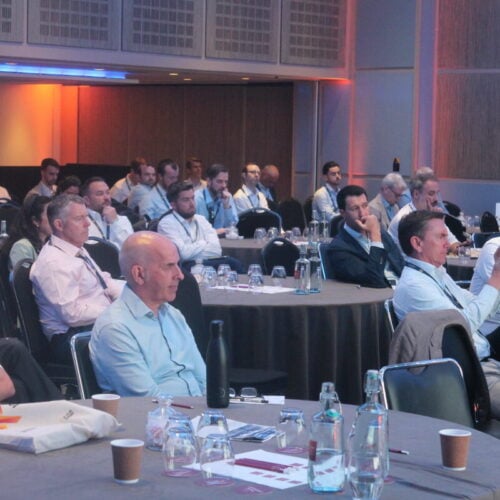Swedish state-owned power company Vattenfall is working with Energy Bank and Scania Volkswagen Dealers to launch a pilot project on bidirectional charging.
To support vehicle-to-grid (V2G) and vehicle-to-home (V2H) charging, German company Ambibox will provide 200 bidirectional chargers, and software from Energy Bank will be used to optimise and aggregate flexibility response from EV batteries, providing power back to the household or electricity grid.
The chargers will be installed at private households and at Volkswagen electric car dealerships. For the last two years, all of Volkswagen’s ID. models with 77kWh or larger batteries can all support bidirectional charging.
Vattenfall will act as the balance responsible party (BRP) and balance service provider (BSP), trading energy not needed by households, aggregated by Energy Bank, into Sweden’s Balancing Market, the Nordic electricity exchange Nord Pool or into local flexibility markets.
Svenska kraftnät, the government-owned company that owns and operates the national transmission grid in Sweden, is responsible for overseeing the Balancing Market.
The pilot is an expansion of a pilot project on V2H and V2G that Volkswagen ran in Hudiksvall in Sweden, together with Energy Bank and the Stenberg housing association. Vattenfall is also looking to ensure the quality of the initiative, assessing functionality, customer experience, savings and potential revenues.
The Swedish public utility then plans to launch a commercial V2H/V2G offering.
Magnus Berg, manager of customer products and solutions at Vattenfall, said: “We already offer several smart control services, also known as flexibility services, and now want to expand this to include bidirectional charging, which provides several benefits for both the owner and the grid.”
He added that although this pilot will give “valuable insights”, Vattenfall already sees “great potential” for V2G and V2H.
The potential of bidirectional charging
The value of EVs as a resource to help balance the grid is increasingly acknowledged as the global focus shifts to enabling EV batteries to power other electrified technologies or sell power back to the grid.
In Australia, a government entity established to spearhead the country’s energy transition, the Australian Renewable Energy Agency (ARENA), published a paper recognising the potential of bidirectional charging. The organisation also highlighted the technology’s benefits in reducing electricity bills, coinciding with Cornwall Insight’s findings that V2G could reduce UK EV driver electricity costs by around 70%.
In the UK, under the V2X Innovation Programme, with funding from the Department for Energy Security and Net Zero (DESNZ), a trial dubbed the V2VNY project is aiming to demonstrate a commercially viable way for fleet owners, businesses and EV drivers to save money as well as reduce the load on the electricity grid at peak times.
Earlier this month, a local council installed a V2G capable EV charger that uses an alternating current (AC), enabling lower cost V2G charging.
In the US, too, new partnerships are seeking to realise the value of EVs as revenue-generating grid assets at scale. EV charging platform ChargeScape has partnered with virtual power plant (VPP) platform provider Leapoffering V2G, via a VPP enabling the company to trade into California’s wholesale electricity market.
